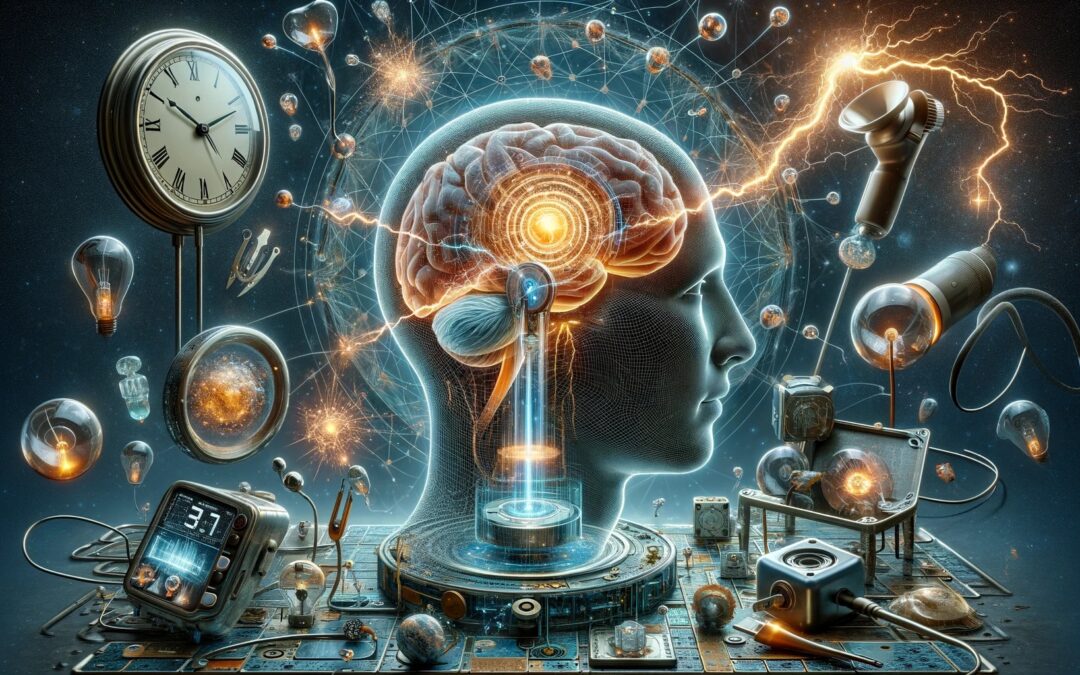In the realm of scientific phenomena, piezoelectricity stands out for its unique ability to convert mechanical stress into electrical energy, and vice versa. This fascinating principle is not only a cornerstone in modern technological applications but also finds a surprising parallel in the human body, specifically within the pineal gland. This article delves into the essence of piezoelectricity, its relationship with the pineal gland, and its profound impact on our day-to-day technology.
Understanding Piezoelectricity
Piezoelectricity, derived from the Greek word ‘piezein’, meaning to press or squeeze, was discovered in the late 19th century by Jacques and Pierre Curie. The piezoelectric effect occurs in certain materials (such as quartz, Rochelle salt, and topaz) that generate an electric charge in response to applied mechanical stress. Conversely, these materials can also deform when subjected to an electric field, a phenomenon known as the reverse piezoelectric effect.
The Pineal Gland: A Piezoelectric Organ?
The pineal gland, a small endocrine gland in the vertebrate brain, has intrigued scientists and philosophers for centuries due to its mysterious functions and location. Often referred to as the “third eye,” this gland is responsible for producing melatonin, a hormone that regulates sleep-wake cycles. Recent studies suggest that the pineal gland might exhibit piezoelectric properties due to the presence of calcite microcrystals within its structure. These crystals could potentially respond to electromagnetic fields, leading to speculation about their role in modulating physiological processes, although this remains a subject of ongoing research and debate.
Piezoelectricity in Technology
The practical applications of piezoelectricity are vast and varied, influencing numerous aspects of our daily lives. Some notable examples include:
- Quartz watches: Utilizing the precise oscillations of a quartz crystal under an electric field to keep time accurately.
- Medical ultrasound: Generating and detecting ultrasound waves to create images of the inside of the body, crucial for diagnostics and fetal monitoring.
- Ignition sources: Creating sparks for cigarette lighters and gas stoves through the mechanical stress applied to piezoelectric crystals.
- Energy harvesting: Converting mechanical energy from footsteps or tire deformation into electrical energy, providing a sustainable power source for various applications.
The Future Intersection of Biology and Technology
The potential biological piezoelectric properties of the pineal gland, coupled with the widespread use of piezoelectric materials in technology, opens up fascinating avenues for interdisciplinary research. Understanding how piezoelectricity operates within the human body could lead to groundbreaking advances in medical technology, such as more precise brain-computer interfaces or innovative treatments for sleep disorders.
Furthermore, the concept of bio-inspired engineering, where biological principles inspire technological designs, could see significant advancements by harnessing piezoelectric effects. Imagine wearable devices powered by your movements or buildings designed to generate electricity from structural stress, all inspired by the natural capabilities of the pineal gland and other biological systems.
Conclusion
The exploration of piezoelectricity, from its fundamental scientific principles to its relationship with the pineal gland, showcases the intricate connections between the natural world and technological innovation. As research continues to unravel the mysteries of the human body and its potential piezoelectric properties, the door remains open for revolutionary applications that blend the lines between biology and technology, enriching our daily lives in ways we have yet to imagine.

